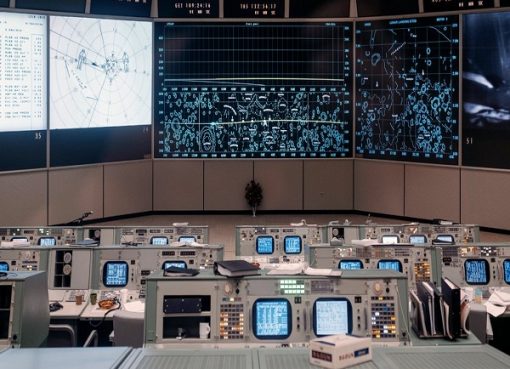Electricity has become as a lifeline of present day civilization and thus its demand is enormous and growing. Rising concern about the gap between demand and supply of electricity for masses, environmental pollution from fossil fuels and dwindling conventional resources of energy have highlighted the exploration of alternate sources of energy and for its (energy) sustainable use. There seems no end to different ways by which one can generate pollution-free electricity from alternative and renewable sources of energy. Traffic on road all over the world is increasing day by day and thus, congestion on roads is becoming inevitable with the fancy of masses towards personal transportation systems for their growing mobility. Energy demand and heavy traffic correlation motivate to dream about a device in the road that would harvest the energy from the vehicles driving over it. For this, embed piezoelectric material beneath a road can provide the magic of converting pressure exerted by the moving vehicles into electric current.
Piezoelectricity refers to the ability of some materials – most notably crystals and certain ceramics, including bone – to generate an electric potential in response to applied pressure. Piezoelectricity is used in the production and detection of sound, generation of high voltages, electronic frequency generation, and everyday uses such as cigarette lighters and push-start propane barbecues. The system is based on piezoelectricity, which uses pads of metallic crystals buried over hundreds of meters of road to generate electricity when put under the pressure of quickly moving traffic. With this technology, now, engineers are poised to harvest some of the spare kinetic energy of the world’s moving vehicles with various designs being put forward. Engineers have created anew type of road capable of turning the vibration caused by vehicles into electricity. While the concept is not new, the application is a novelty.
One design developed by a company Innowattech (Israel) consists of a thin box around the piezoelectric material, which is then placed underneath a layer of asphalt. Accordingly, as vehicles pass over plates embedded in the asphalt they compress a tank of hydraulic fluid under the road, which in turn creates a series of pumping actions that turns a generator to produce electricity. When a vehicle drives over the box, it takes the vertical force and compresses the piezoelectric material, thereby generating electricity. The energy—80 kilowattt-hours per kilometer of road for car traffic—can be stored in a nearby battery or supercapacitor, depending on the application, or sent directly to streetlights and other roadside devices. The energy being converted into electricity through piezoelectric effect is coming from motion of vehicle which will otherwise be wasted by heat when the road deforms under the weight of the car. The layer of piezoelectric material is stiffer than the road material it replaces, so it even saves passing vehicles a tiny amount of energy. Accordingly, one truck can generate 2,000 volts which could already be used to power traffic lights or street lamps. The revolutionary new surface uses piezoelectric crystals embedded in the asphalt to generate up to 400 kilowatts of energy from a 1 kilometer stretch, enough to run eight electric cars. A kilometer of “electric road” could generate enough power for 40 houses, and progress in the technology could generate enough electricity to feed the national power grid.
Another design from U.S. tech-transfer firm New Energy Technologies aims to capture energy when vehicles are slowing down in which cars or trucks would drive over a mat that would be installed on top of the road, on a highway off-ramp, or near a toll booth, saving wear and tear on the car brakes and transforming some of the slowing vehicle’s motion into electricity. The mat uses mechanical or hydraulic cells to generate electricity and can be customized for cars or cargo truck traffic. The idea of skimming kinetic energy from slowing vehicles before it gets wasted as heat has already undergone a few real-world tests, with mixed results. In such a test, the panels produced as much as 40 kilowatt-hours but panel seals suffered damage from grit, temperature extremes, and torsion from trucks turning on them.
Efforts are being going on to modify the system considering the problems insurmountable. Till now, only private companies were competing in this sector but recently governments of developed countries are also taking notice to the developments in turning traffic rush into electricity and are funding many projects. Future plans include placing the crystal generators in railways also as trains are advantageous because they guarantee to apply pressure in the same place over and over again.
Source: scienceindia










